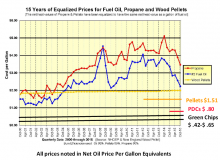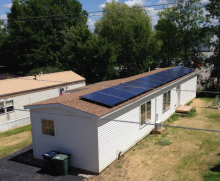Single family
Three Vermont High-Performance Homes, Three Approaches
This session offers a thought-provoking comparison of the construction and performance of three high-performance homes completed in Vermont in 2015-2016: all two story, one with a basement, one traditional double stud, one double stud with air barrier behind the inner stud, one exterior I-joist wall. The projects’ architect and construction leaders will discuss design, ease of construction, cost and performance of the different systems, and reasons to choose one over the other.
Retrofitting Residential Properties
All About Windows
Permanently Passive: Building With AAC
State of the Art: High-Performance Natural Building for Cold Climates
Data Loggers for Advanced Diagnostics
Biomass Design and Potential
This course touches on some of the considerations one should make when designing and planing an automated biomass heating system. It will cover fuel choice and logistical advantages, equipment availability and pros and cons of different choices, sizing for financial viability, and emissions implications of fuels, moisture content and combustion equipment. We will also take a quick look into the near future and discuss a few up-and-coming cogeneration options.
Living Building Challenge: Historic Building, Modern Lessons
The Living Building Challenge (LBC) can be applied to any building project, including historic renovation and new construction. Charley Stevenson and John Rahill will compare and contrast the LBC renovation of an 18th century plank building to the design and construction of several new LBC buildings. By examining the three most challenging petals (water, energy and materials) they will illuminate the benefits of and the obstacles to LBC compliance.


